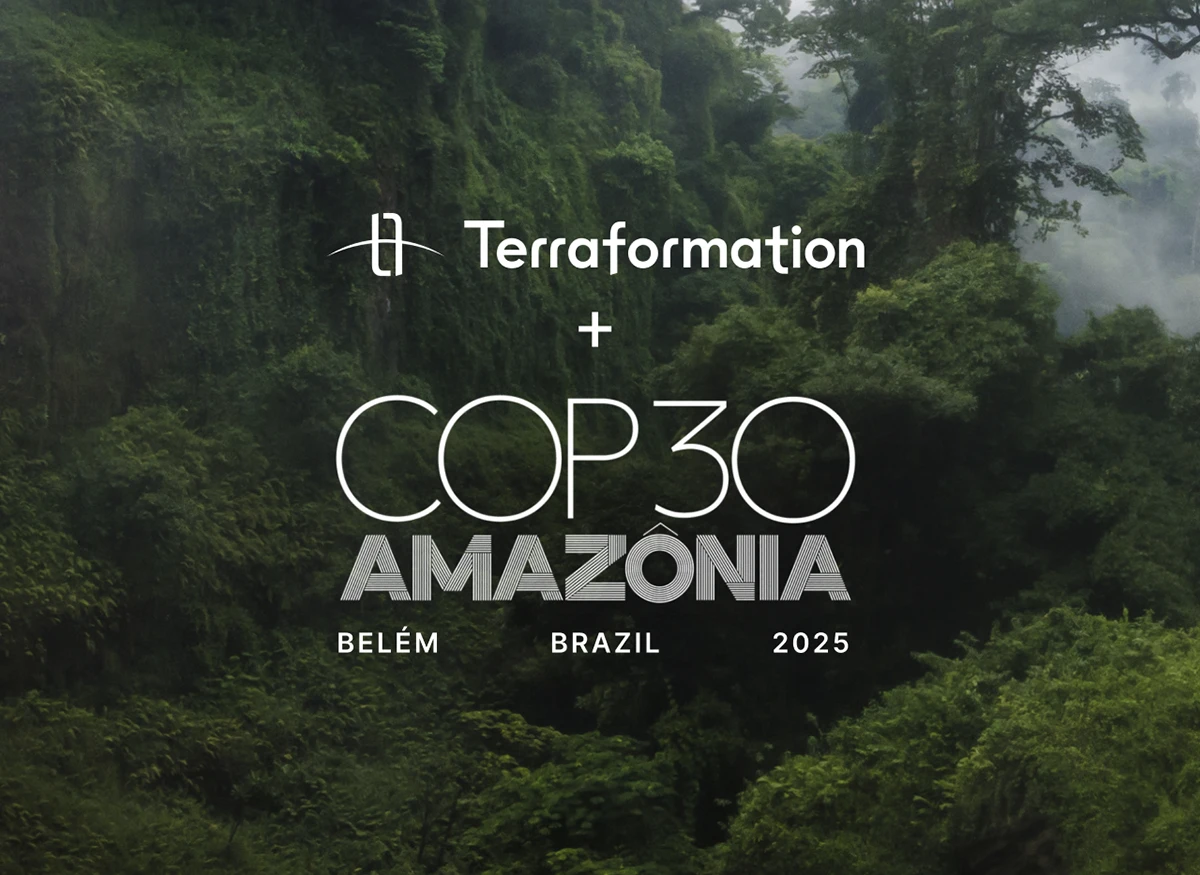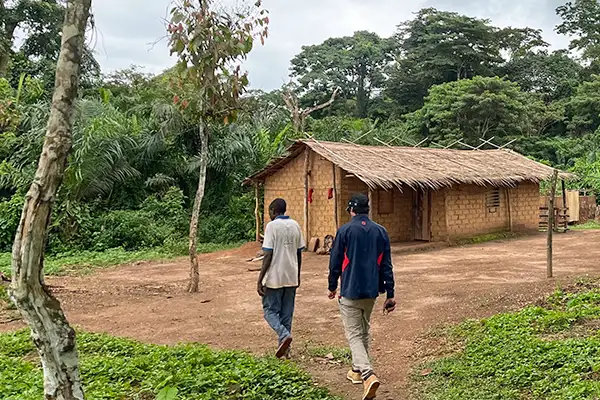Our New Report Tracks the Need for Seed Banking to Reach Restoration Potential

When it comes to planting forests, we need to start at the beginning: seeds. Right now the world doesn’t have enough of the right kind of seeds, available in the right places, to restore forests at the scale the climate crisis demands.
Without intervention to collect and store seeds, we won’t have the biodiverse native forests needed to effectively sequester carbon and mitigate climate change.
That’s where seed banking comes in. Seed banking is the process of cleaning, drying, storing, and testing seeds to maintain their viability — and grow the forests of tomorrow — but restorationists need the infrastructure to do it.
Our new report, The Global Seed Bank Index, provides the first review of existing seed banks worldwide. Authored by Terraformation’s Head of Seed Banking, Dr. Marian Chau, along with a team of forestry and carbon experts, the report lays the groundwork for a strategy to create a seed banking network and accelerate restoration efforts around the globe.
Tracking the global “need for seeds”
The Global Seed Bank Index analyzed the number of seed banks needed to meet the “global restoration potential,” which we define as the area of land across the globe available for ecological restoration. That area is at least 680 million hectares, or roughly twice the size of India — it’s enormous.
The research found 410 seed banks that currently store native species, across 96 countries. Though that may seem like a lot, it also means more than half of the world’s countries still have no known seed banks.
To meet global land restoration potential, the world will need thousands more seed banks.
While the four countries with the largest restoration potential — the US, Australia, Brazil, and China — have the most seed banks, they also need the most seed banks to meet their restoration potential within the next decade. Apart from these large countries, adding seed banking infrastructure in tropical and biodiverse regions can be particularly impactful.
Countries like Bolivia, the Democratic Republic of the Congo, Ecuador, Madagascar, Malaysia, Peru, and Venezuela are home to precious biodiversity hotspots but have no more than a handful of seed banks. Building up seed banking infrastructure in areas like these can help restore our planet's magnificent, biodiverse ecosystems.
In addition to building necessary infrastructure, achieving large-scale restoration will require training hundreds of thousands of new seed collectors to preserve and restore threatened biodiversity, creating new jobs and supporting local economies around the world.
The future of forests is now: Introducing the Seed to Forest Alliance
We can solve the seed shortage — and expand the world’s capacity for carbon capture — but we can’t do it alone. Growing biodiverse native forests will require collective action.
That’s why, following our research, we are launching the Seed to Forest Alliance. This coalition of corporations, NGOs, and philanthropists is committed to tackling the biggest bottlenecks to reforestation — starting with seeds.
Learn more about the Alliance and join us here.
Download The Global Seed Bank Index below.







.webp)








